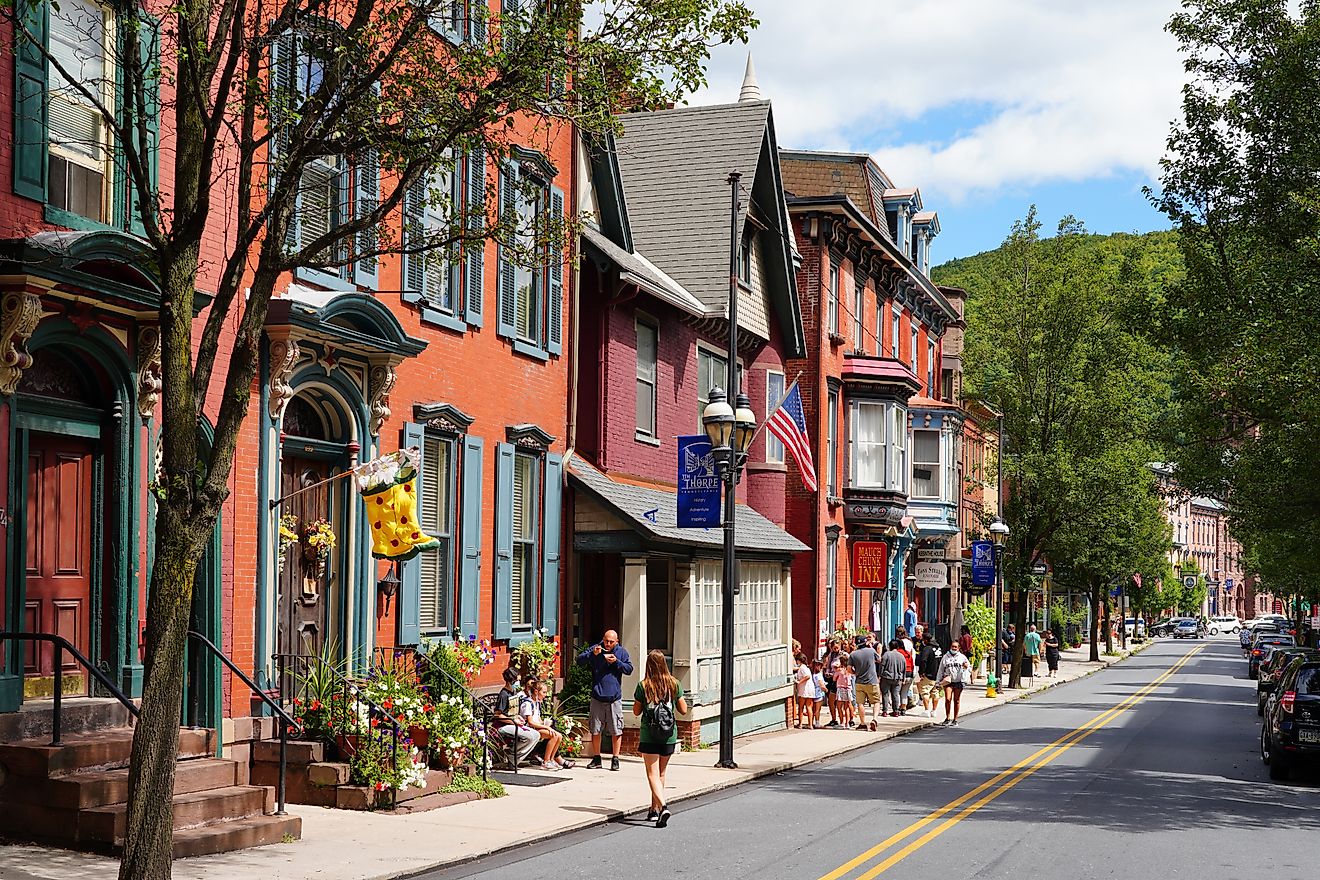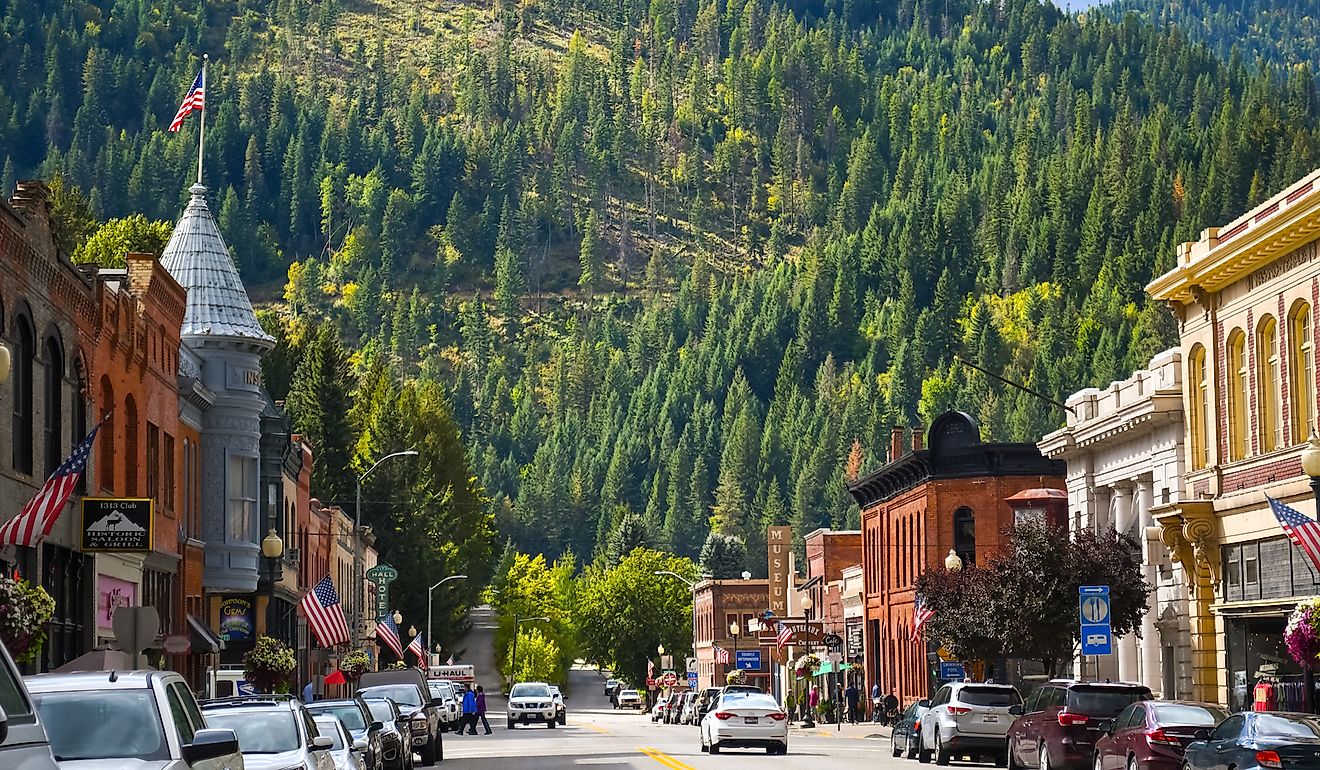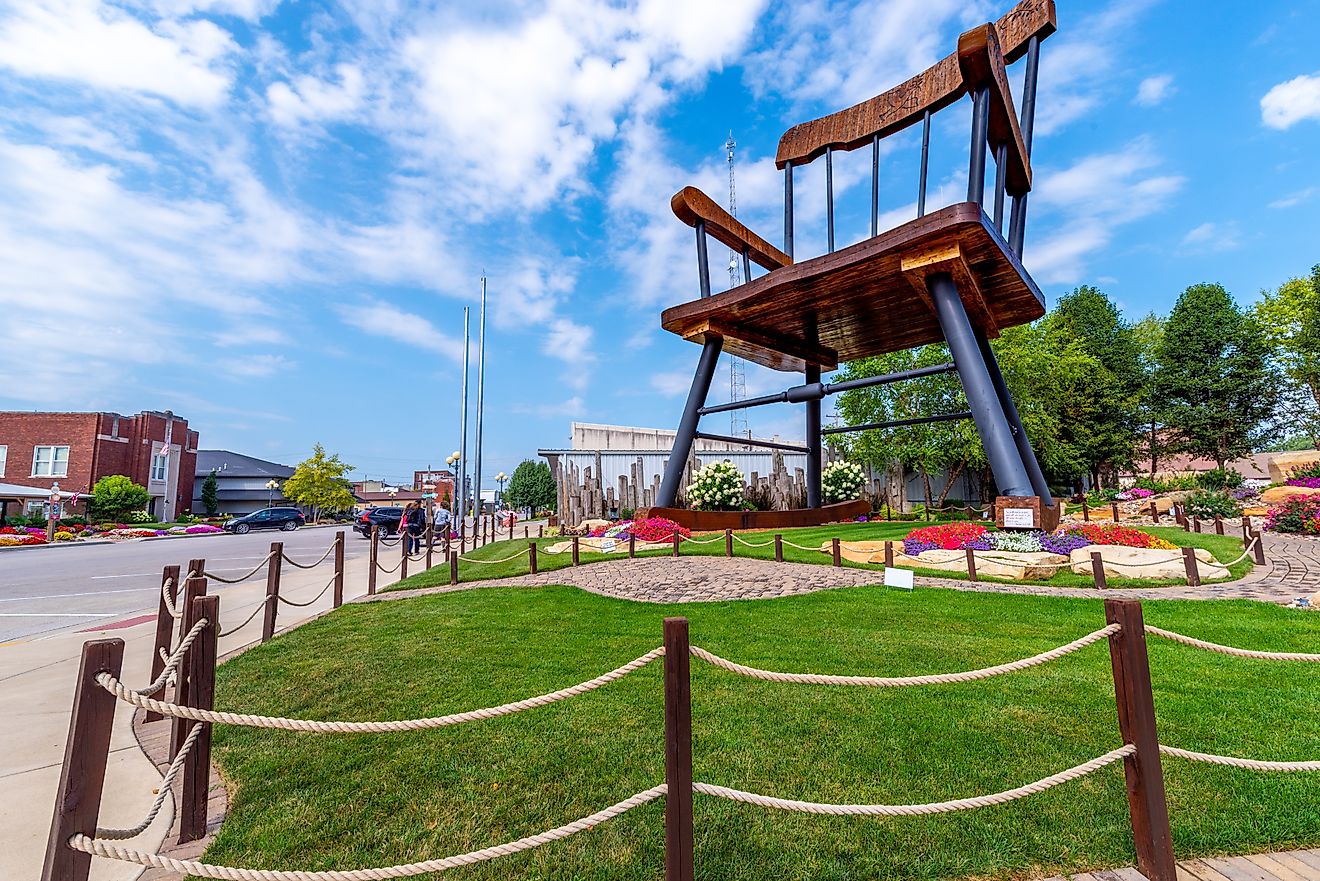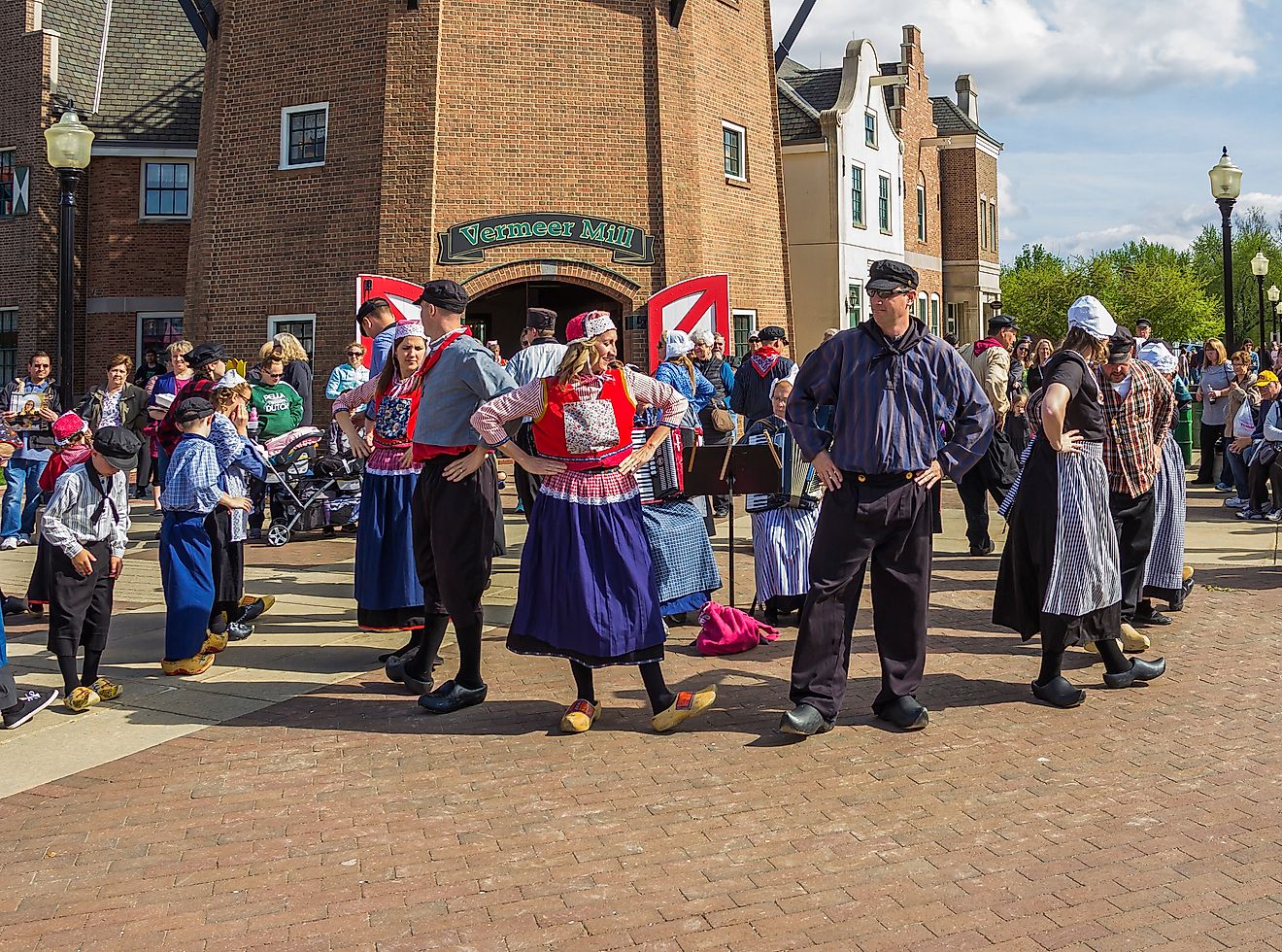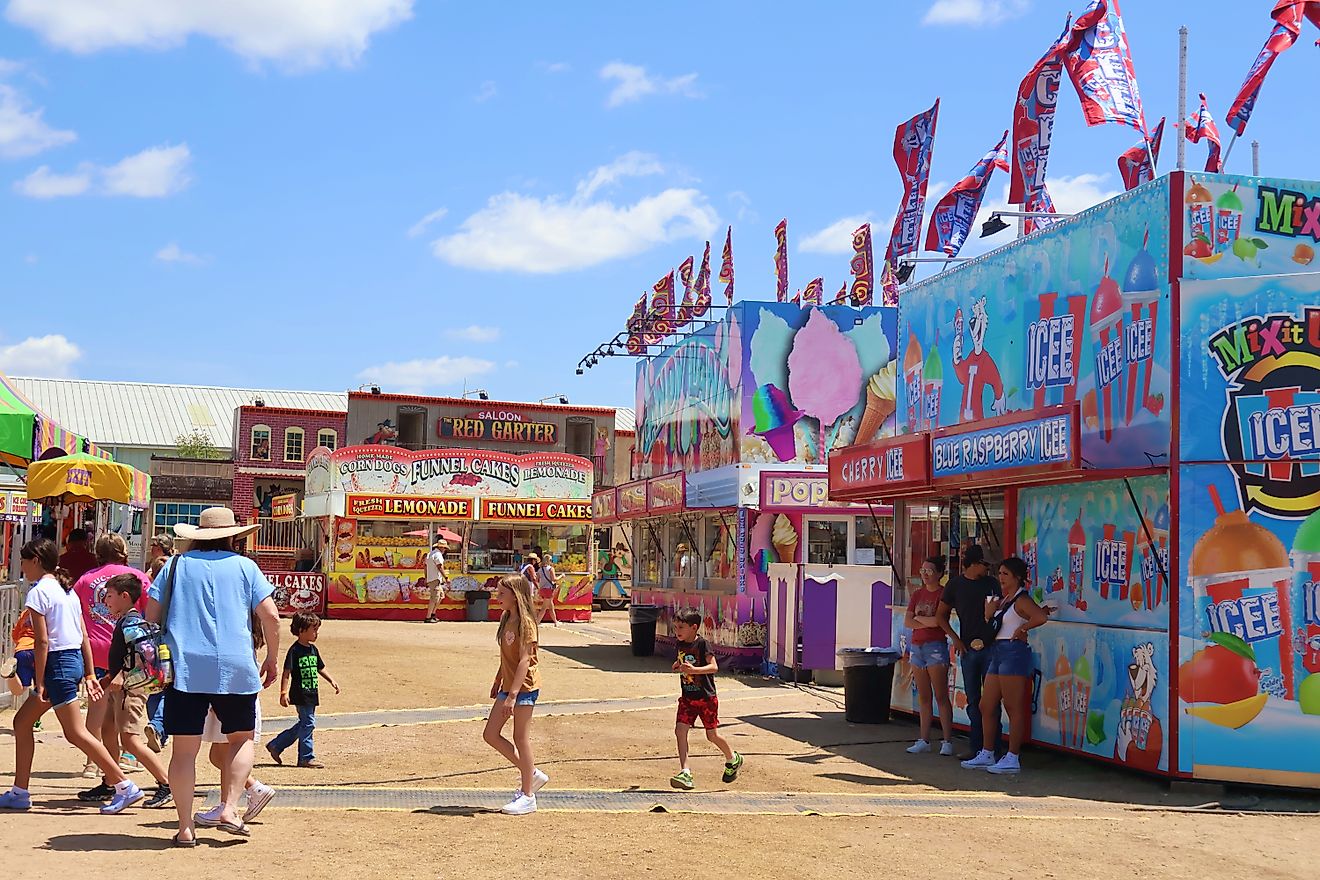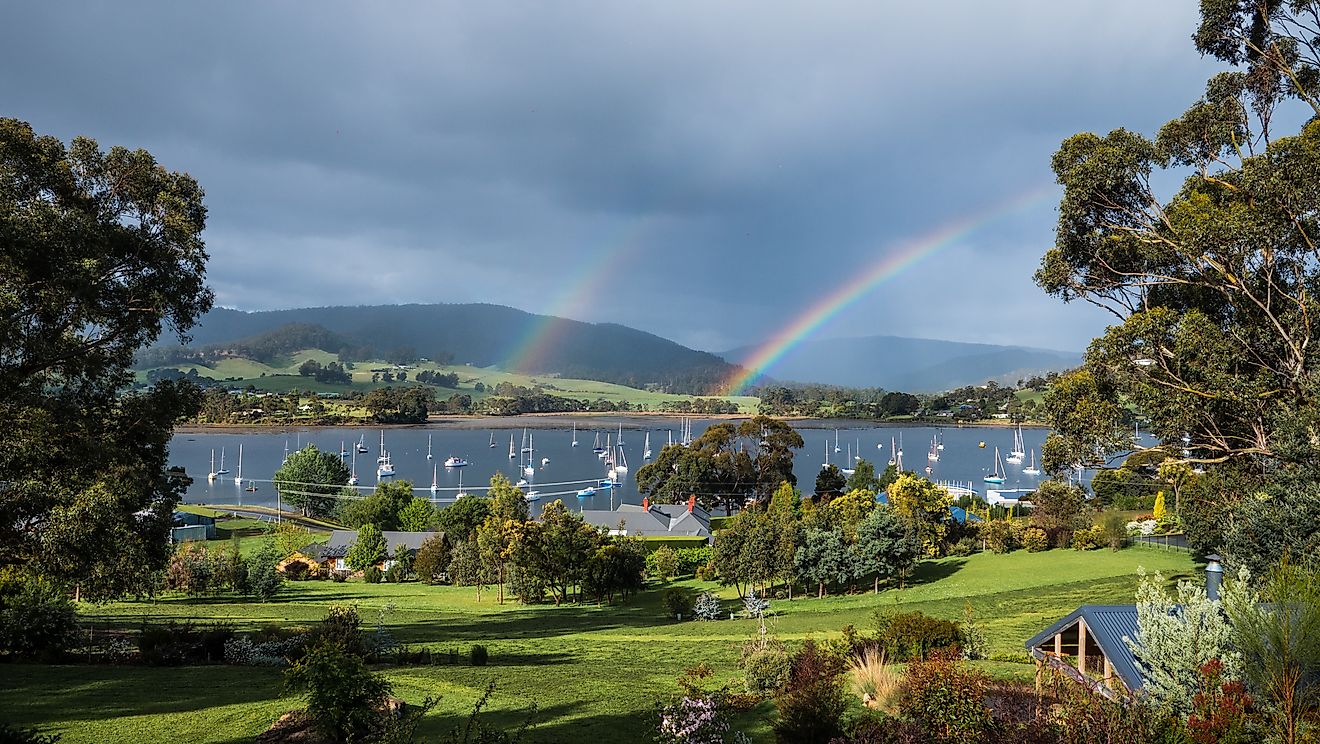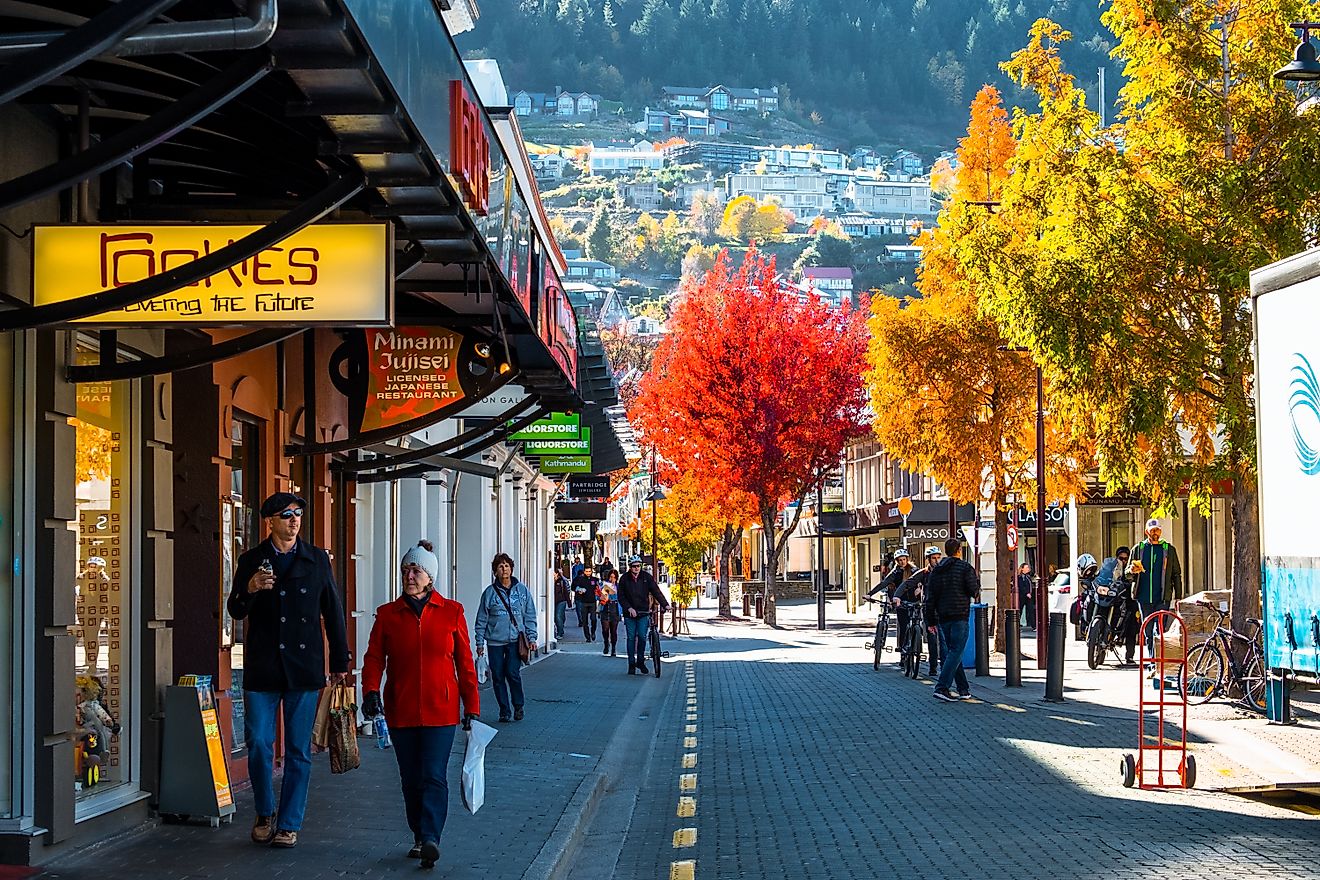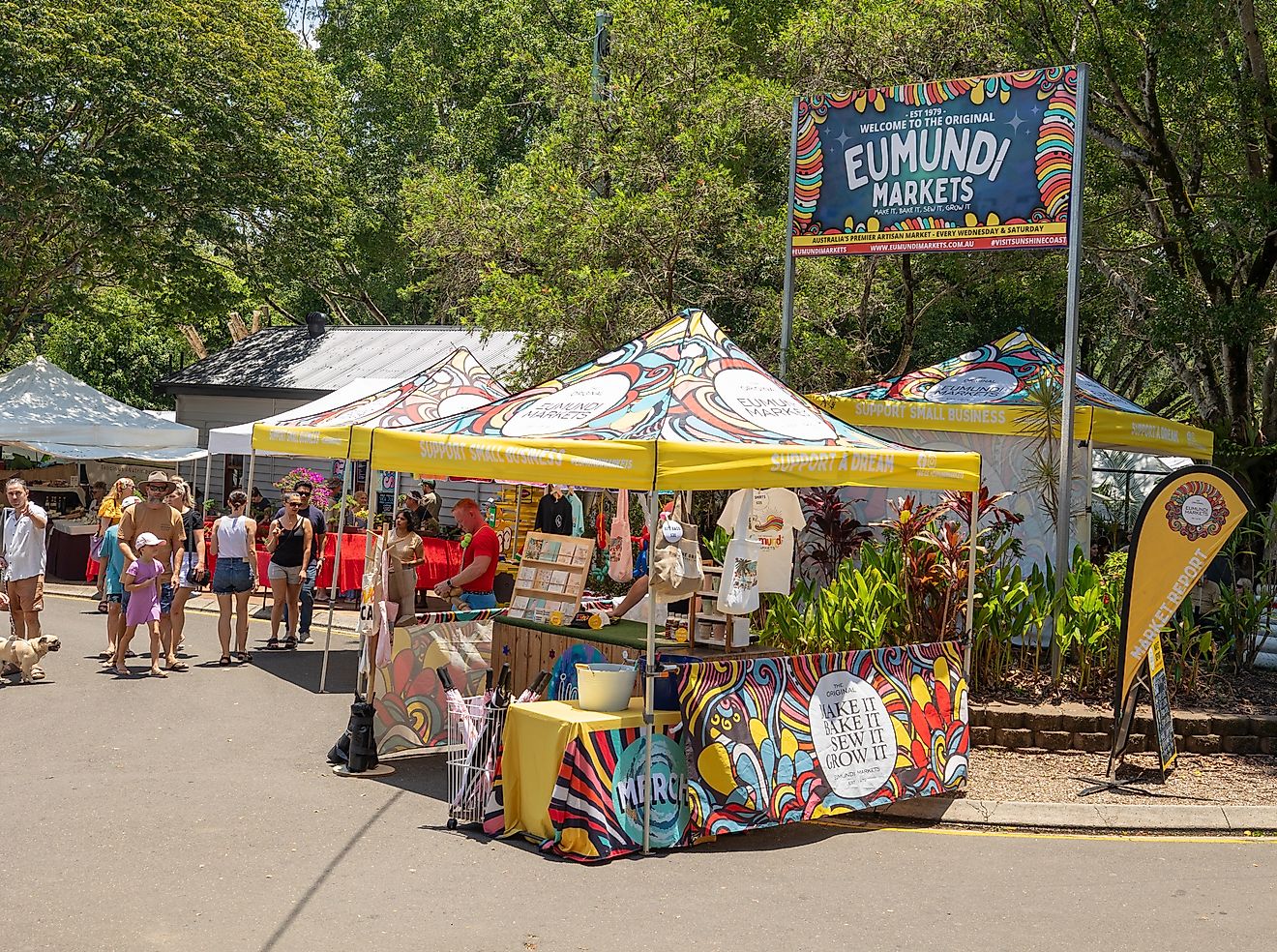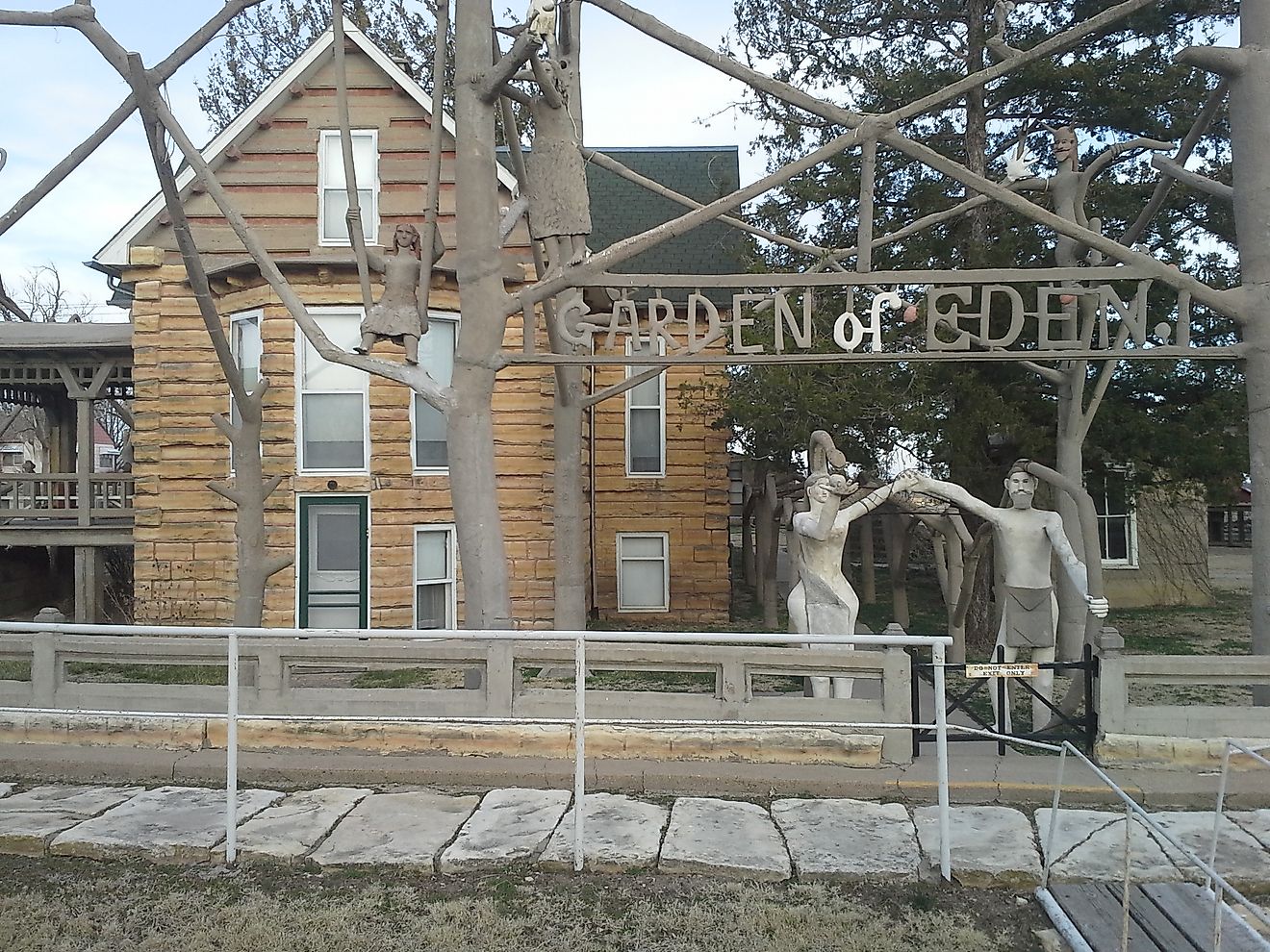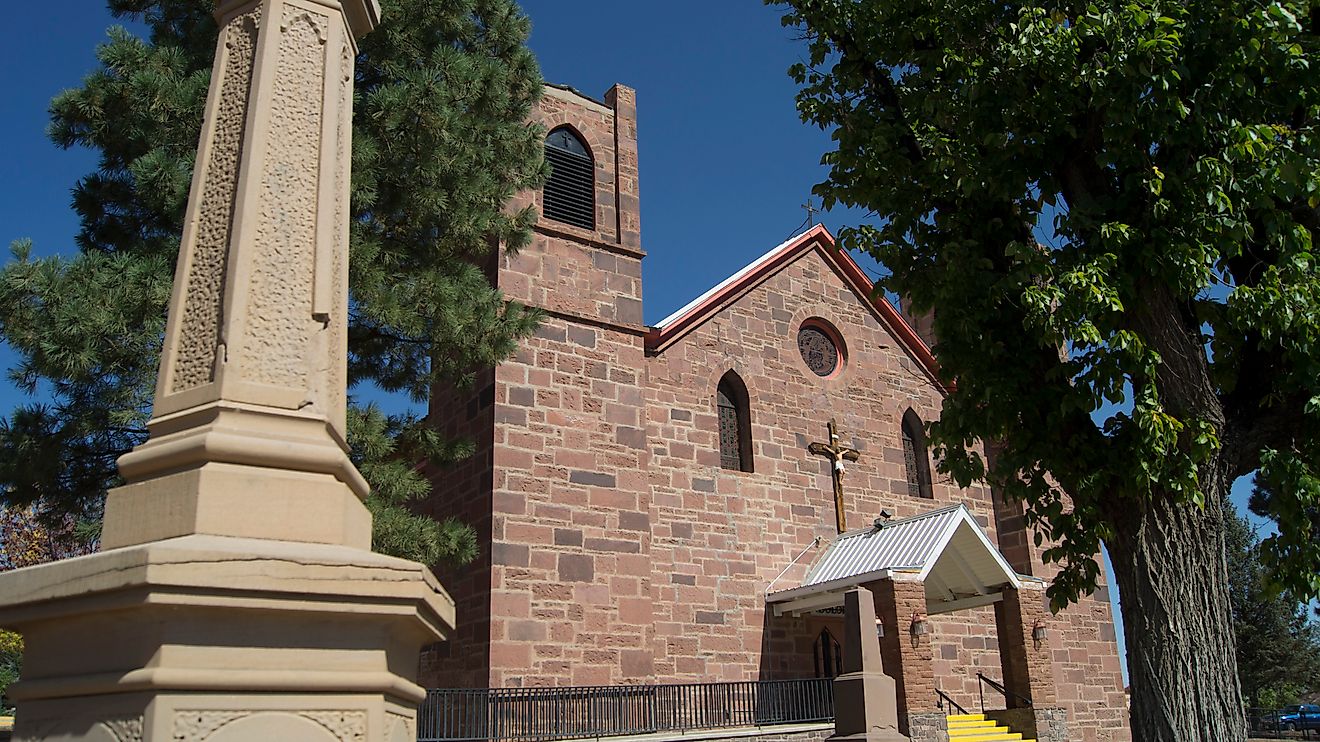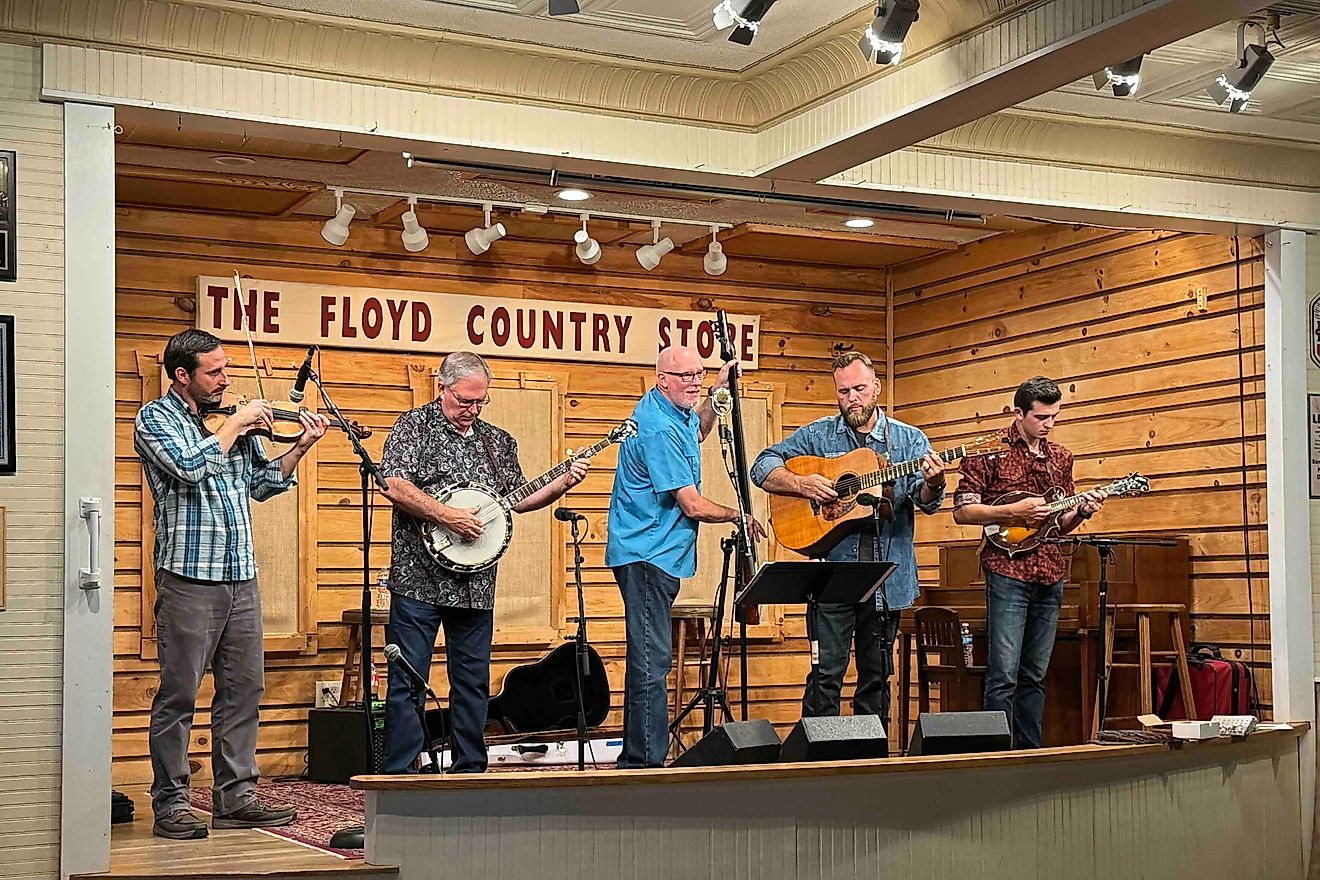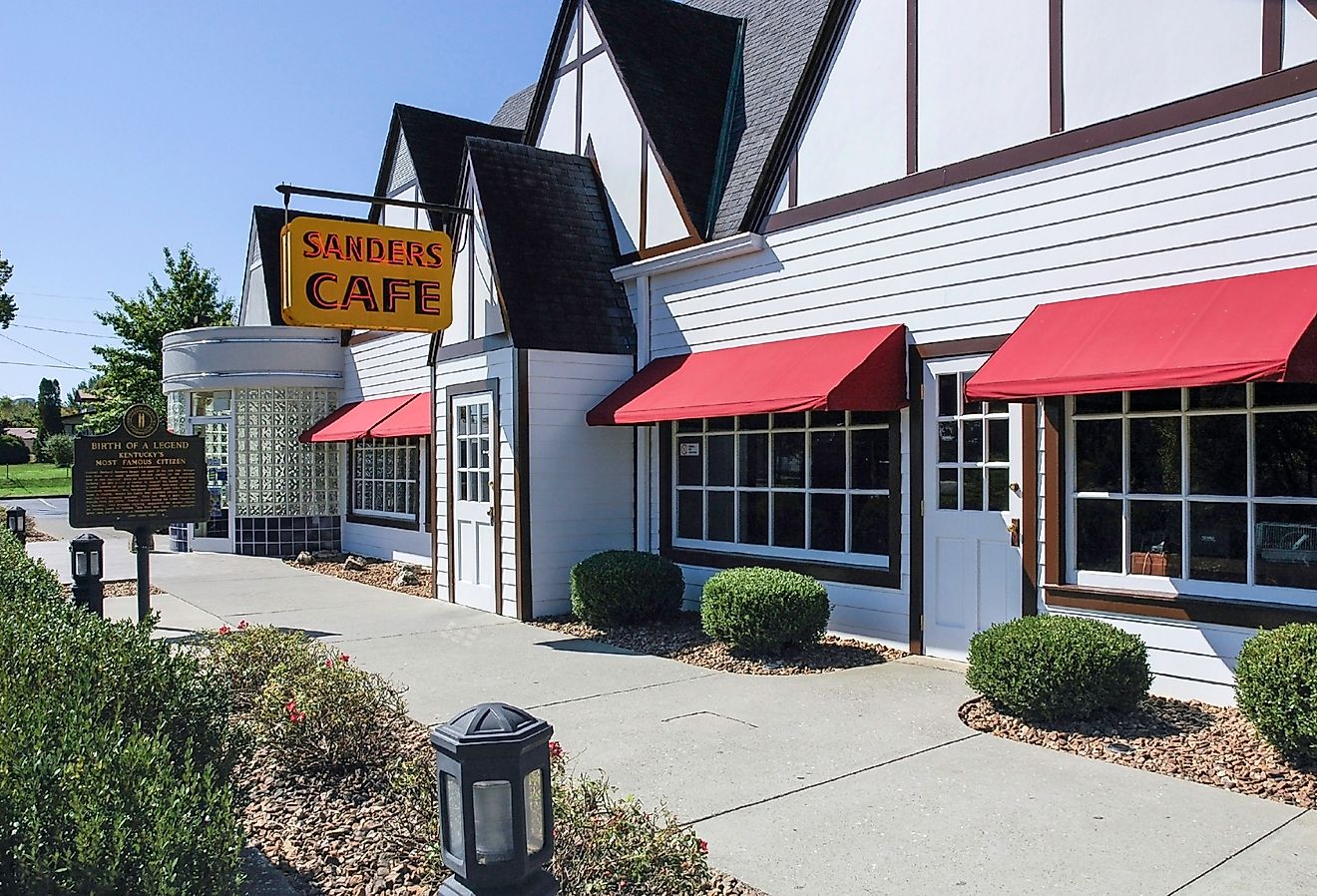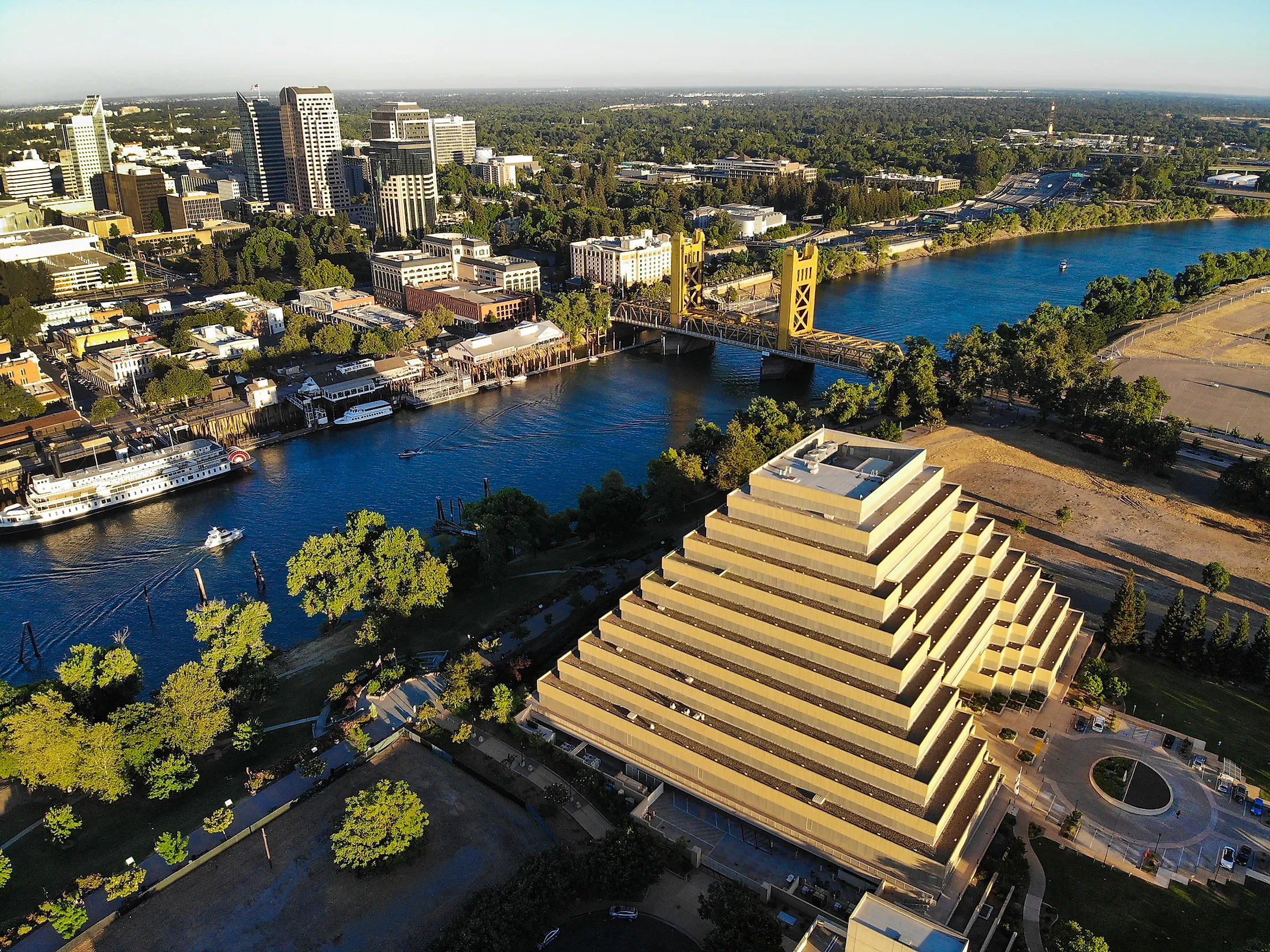
Sacramento, Capital Of California
Established as the US State of California’s Capital and ranked as California’s sixth-largest city, Sacramento serves as the cultural and economic hub of the larger Sacramento Metropolitan Area. With a population of over 500,000 individuals and rich history, the city is home to a plethora of attractions and is frequently cited as one of California’s most affordable destinations.
Geography Of Sacramento
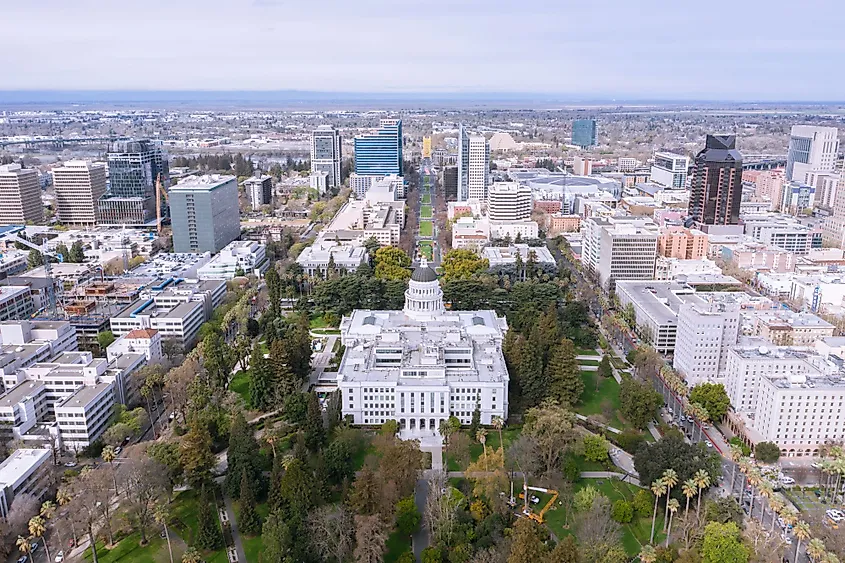
Sacramento is both the capital of California and the county seat for Sacramento County. The city is also the main city of the Sacramento Metropolitan area, which contains four counties. Moreover, it is situated in the north-central part of California within the Sacramento Valley, particularly in the northern portion of the vast Central Valley. The city is also titled the “River City,” given its location at the confluence of the American River and the Sacramento River. It lies about 72.4km north of Stockton and 144.8km northeast of San Francisco. Given the city’s susceptibility to flooding, a sizeable portion of the land located west of Sacramento is permanently reserved for such extensive flooding events. The city’s geographic coordinates are 38.5816°N and 121.4944°W. Furthermore, it has a total area of 258.41 sq. km, which can be further split into 253 sq. km of land and 5.41 sq. km of water. Regarding its elevation, Sacramento is situated about 9m above sea level.
Climate Of Sacramento
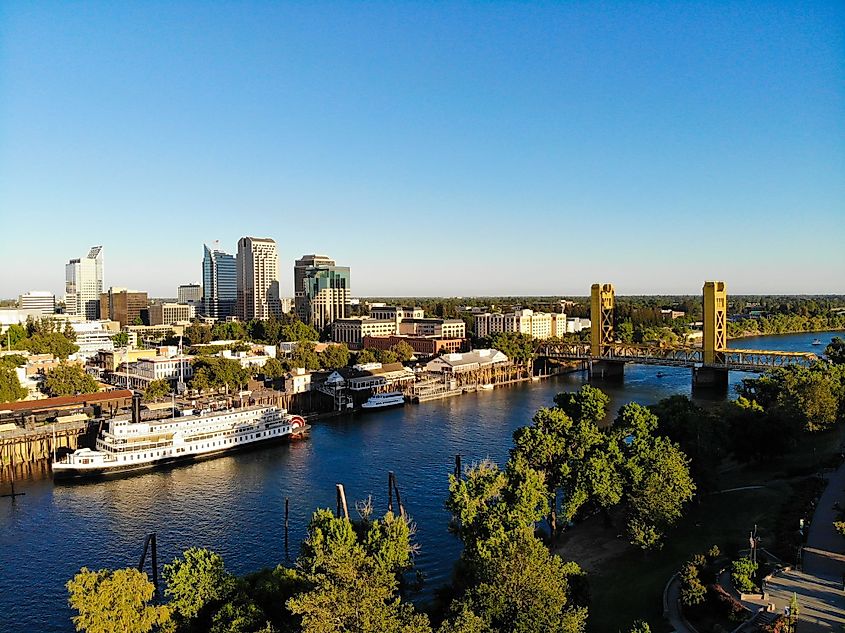
According to the Köppen Climate Classification, Sacramento has a hot-summer Mediterranean climate with dry summers and mild but wet winters. The summer season lasts for 3.7 months, from June 5 to September 26. This period records an average daily temperature of over 30°C, with July ranking as the year’s hottest month with an average low of 15.5°C and an average high of 33.8°C. Heat during this season can be moderated by the “delta breeze,” a sea breeze that comes through from the San Francisco Bay and leads to sharp cooling of temperatures by nightfall. As for the 2.9-month winter season, Sacramento witnesses a cold, partly cloudy, and wet climate from November 22 to February 18. Temperatures during this season are typically below 16.6°C, with December ranking as the year’s coldest month with an average low of 4.4°C. The city gets an annual average rainfall of 19.9 inches. Snowfall is very rare in the city, although brief traceable amounts have been recorded in 2002, 2009, and 2011. According to various tourism scores, mid-June to late September is the best time of year to experience Sacramento’s warm-weather activities.
Brief History Of Sacramento
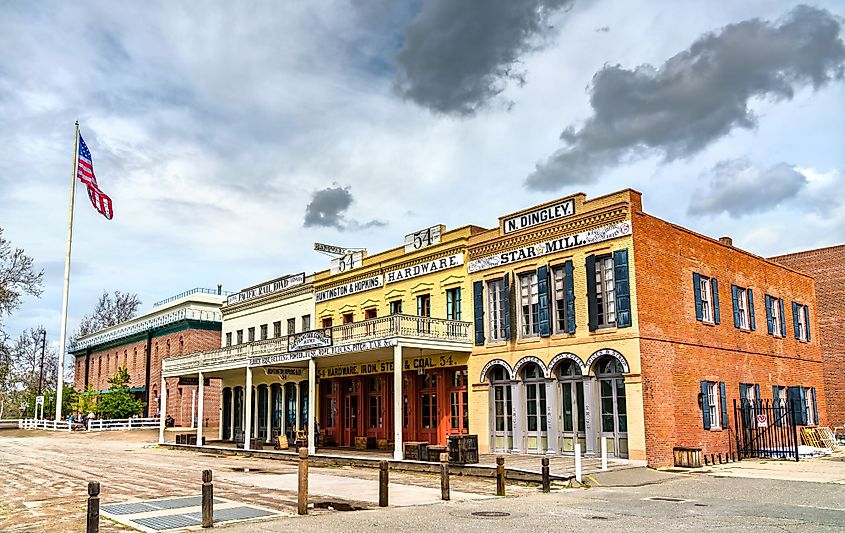
The first inhabitants of the Sacramento region were the Maidu people, a group of Native Americans who spoke the language of Penutian stock. Their territory extended from the peaks of the Sierra Nevada mountains to the Sacramento River. Pedro Fages, a Spanish explorer, visited the valley in the 1770s and named the river after Christian religious sacraments. Yet, the first colony of Nueva Helvetia was not established until 1839 by John Sutter after the creation of Sutter’s Fort. The settlement grew as an agricultural center and served as a refuge for various American pioneers. This trajectory continued until the gold rush of 1849, when major gold sites were newly discovered near the foothills of a sawmill. This initiated a transformation of the community, as it shifted from its agricultural beginnings towards becoming a mining and trading epicenter.
The city grew rapidly during the gold rush period and amassed a population of well over 10,000 individuals by 1854. Since the city was built on the waterfront, it was significantly vulnerable to repeated flooding incidents. Therefore, the entire city was raised one story through an ambitious project. Given its position as a center for the gold rush’s economic activities, the California State Legislature was moved to Sacramento in 1854. Subsequently, in 1879, Sacramento was named the permanent State Capital at the Constitutional Convention. Other reasons as to why Sacramento was chosen as the State’s Capital include its harboring of influential individuals such as John Marshall and John Sutter, as well as its distance from the ocean, which significantly lowered potential threats of invasion. This enabled the city’s continuing prosperity as it further established itself as a hub for transportation and distribution. After the Great Depression, Franklin D. Roosevelt’s New Deal programs funded various projects within Sacramento, such as the Tower Bridge, which was completed in 1935. The city managed to triple in size between 1946 and 1965, as Sacramento began annexing surrounding county areas. The first decades of the twentieth century also witnessed rapid increases in the city’s population, as the agriculture industry began taking up form once more. By 2000, Sacramento had increased its area sevenfold and nearly quadrupled its population.
Population And Economy Of Sacramento
Sacramento currently has an estimated population of 531,285 people, making it the 6th largest city in California and the 37th largest city in the US. The city is experiencing an annual growth rate of 1.12%, with the population increasing by 13.89% since its 2010 population of 466,488 individuals. In terms of population density, Sacramento has an average of 5,436 individuals per square mile. As for the population’s ethnic demographics, 46.35% are White, 18.88% are Asians, 13.18% are Black or African Americans, 7.43% are of two or more races, 1.74% are Native Hawaiian or Pacific Islanders, 0.73% are Native Americans, and 11.69% are of other races. 50.9% of the population is female, with a median female age of 35.5 years. On the other hand, 49.1% of the population is male, with an average male age of 33.7 years. Sacramento has been ranked as America’s Most Diverse City, hosting one of the largest LGBT populations per capita in the US. Approximately 10% of the population identifies as gay, lesbian, or bisexual.
The city’s economy is heavily based on agricultural production, given its central role in the region. The city’s self-proclaimed title of the “Farm-to-Fork Capital of America” aptly describes this, given its extensive production of poultry, beef cattle, dairy products, wheat, fruits, and vegetables. The economy also currently has a base in government, computer software production, electronics manufacturing, metal products, scientific instruments manufacturing, and tourism. Moreover, Sacramento has an international airport situated northwest of the city. The city has a poverty rate of 16.57% and an average household income of USD 83,189. The city’s median house value is USD 336,900, and a median monthly rental cost of USD 1,263.
Tourist Attractions In Sacramento
Old Sacramento Waterfront
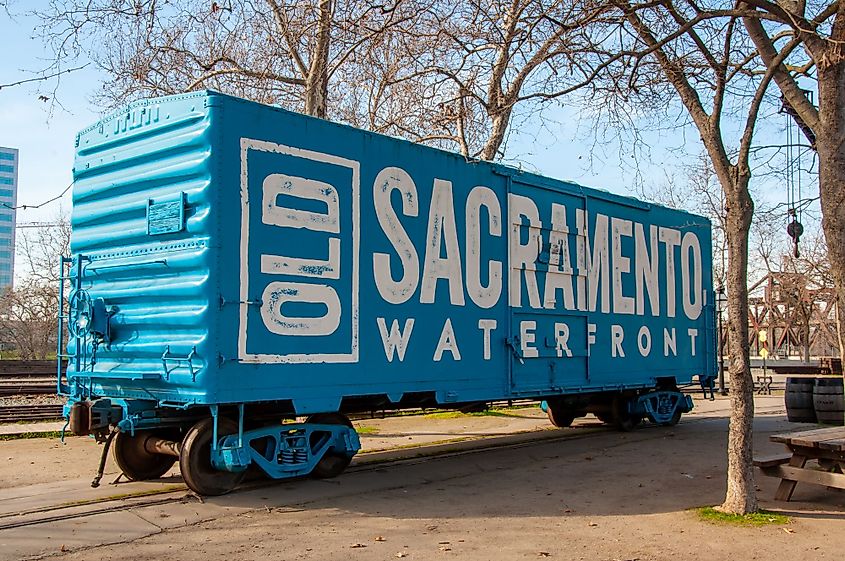
The Old Sacramento Waterfront pays homage to California's gold rush beginnings by serving as a unique 28-acre State Historic Park and National Historic Landmark. With dozens of restored and recreated buildings, wooden sidewalks, living history characters, and horse-drawn carriages, visitors are provided an authentic look at California’s 19th century period. The district also contains multiple entertainments, shopping, dining, and historical attractions, such as museums focusing on the Transcontinental Railroad and the California Gold Rush, all along the banks of the Sacramento River.
California State Capitol Museum and Park
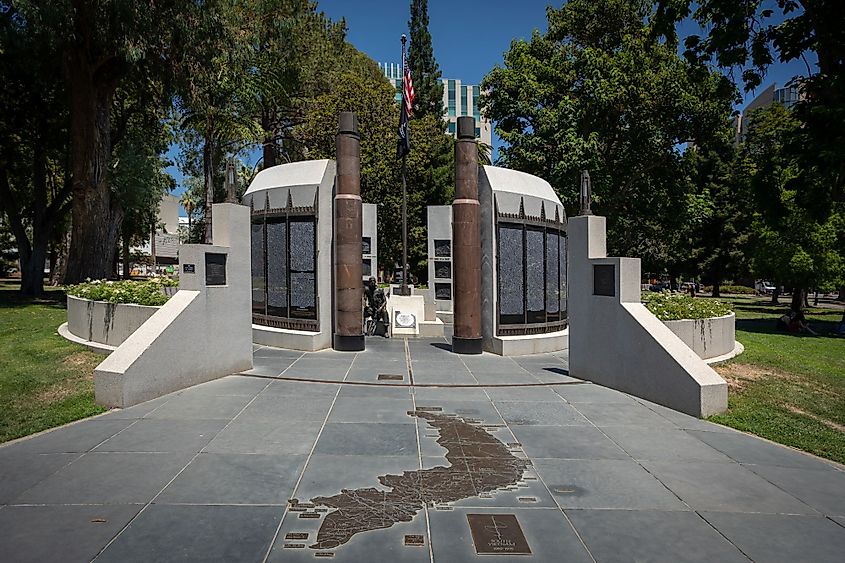
Situated at the heart of Sacramento’s downtown area, the California State Capitol Museum is located in the Neoclassical Capitol building, dating back to the mid-19th century. The museum has been home to the California Legislature since 1869. Moreover, visitors can tour the museum’s rotunda and historic rooms, showcasing California’s history of governing and law-making. Surrounding the museum is the Capitol Park, which contains four memorials to California’s key events: a life-sized statue of Father Junipero Serra, the Civil War Memorial Grove, the California Vietnam Veterans Memorial, and the California Veterans Memorial.
Sacramento Zoo
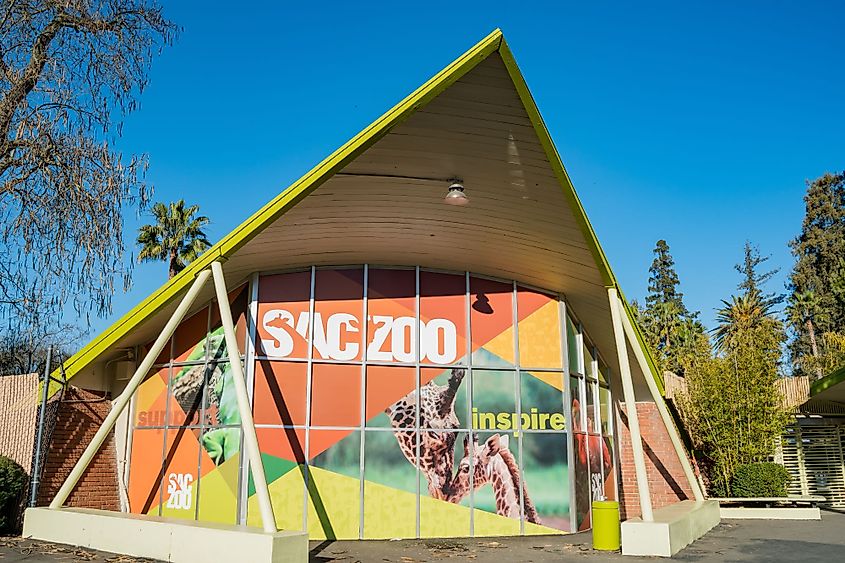
Located just south of the city center, the Sacramento Zoo serves as one of the city’s classic family attractions. The zoo was first established in 1927 and currently has an annual attendance of more than 500,000 visitors. In addition to a wide array of 140 rare, native, and endangered species and more than 500 individual animals on display, the 14-acre zoo features several specialized gardens with diverse botanical life.
With more than 230 days of sunshine per year, California’s Capital of Sacramento is a vibrant city that contains something for everyone. The city appropriately earns its title as the “Farm-to-Fork Capital of America” since it lies within the Central Valley region, where 80% of the US’ food is produced. Sacramento is a unique city and a truly must-visit destination with plenty of attractions, ranging from the historic Old Sacramento Waterfront to the California State Capitol Museum.
